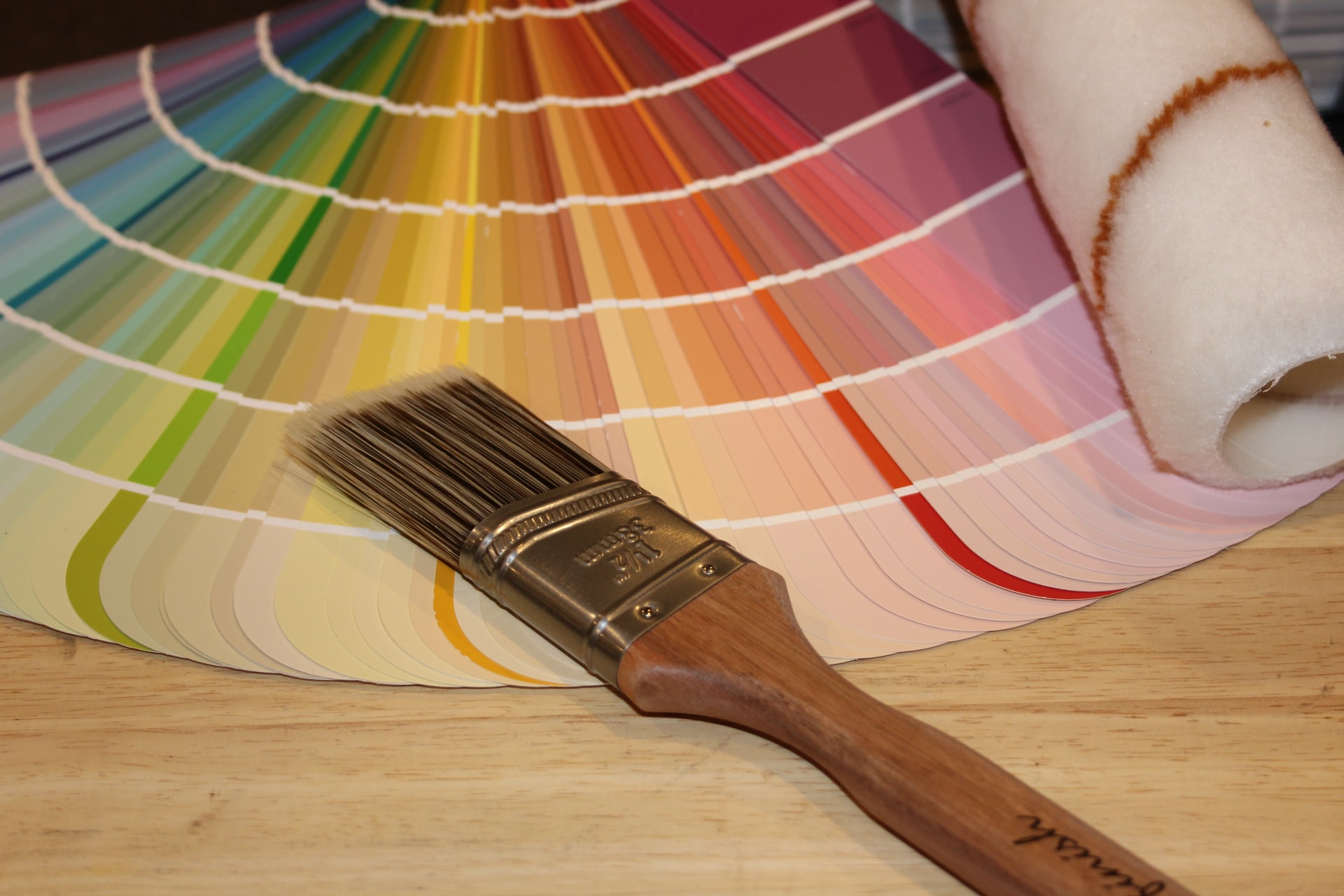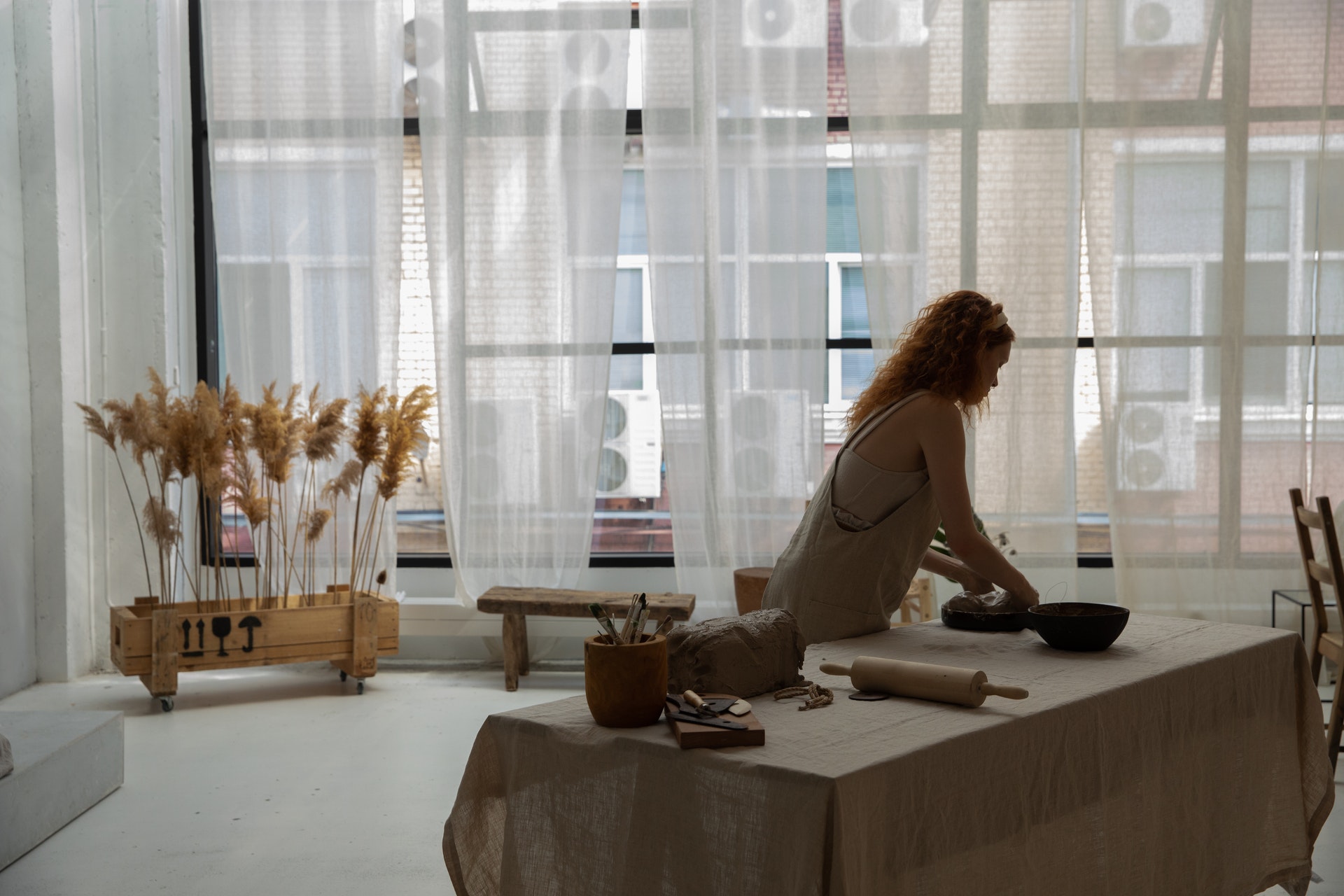These designer tips will guide and help you choose your home’s next paint colors.
When it comes to choosing paint color for your home you want to create the perfect ambiance, after all, your home is your own space, a safe haven in the midst of chaos. Getting the perfect tone in each room might seem easy, but it can quickly become a tricky decision. You want to choose a unique and memorable color palette that suits your style and personality.
As color psychologists say, choosing the right paint for you is more complicated than avoiding certain colors. Even blue, supposedly the most calming color choice, can become overwhelming if it’s too bright, and notoriously intimidating red can actually relax you if it’s a rich, subtle hue with cool undertones.
The best paint color is whichever one you like and feels right in the room. But here are some tips to help guide you towards the right shade and style to use in each room of your home, remember that the walls of your home are a canvas, part of the decoration, they can be valuable wall art if you unleash your imagination and follow some tips and hacks.
Kitchen
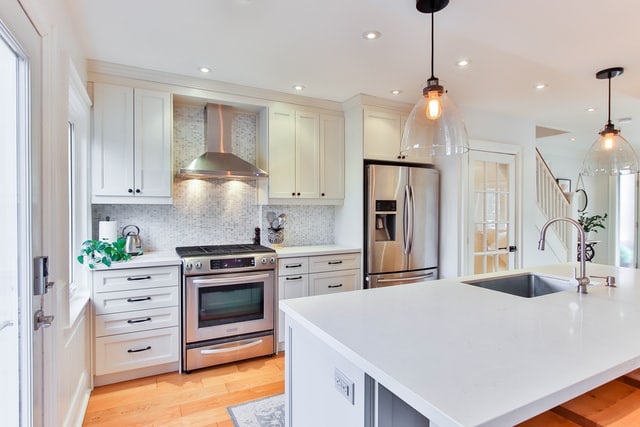
Best bets: Light orange and other citrus colors, cream, blues, or pure white.
Avoid: Black, dark blue, bright yellow.
Warm colors like orange and red stimulate the appetite, making them great kitchen paint colors. If you love vibrant orange shades, try a soft pumpkin or kumquat. Both are lively colors that aren’t too intense. If you prefer something subtler, then consider white, cream, or pale blue. Just steer clear of colors that are both cool and dark. If you are set on going dark in the kitchen, go for a warm, earthy brown.
Choosing the right kitchen cabinet colors can completely transform the space, whether you opt for classic neutrals or bold, modern hues. You don’t have to break the bank to update your kitchen. Many times, just updating, repainting, and fixing the kitchen cabinets can make a huge difference.
Bathroom

Best bets: White, pastel yellow, peach, neutrals
Avoid: Bright or extreme colors such as red or neons
Soft colors work best for the bathroom. Not only do they relax you, but they also flatter your skin tone. You can’t go wrong with ivory, buttery tan, or gentle rose. In fact, pale yellow and pink paints mimic sunlight—perfect if your bathroom is short on natural light. Soft, neutral shades of straw-like yellow are a great way to get a mood that’s soothing but still saturated. You can check out which are the top-selling paint colors that homeowners are going for.
If your bathroom is on the smaller side, paint it a light color like white or lemon to make it look bigger. For a coastal vibe, try an airy sky blue. Try painting the ceiling the same color as the walls to prevent the bathroom from feeling smaller than it is; when the eye can travel effortlessly, your space will expand visually.
Bedroom
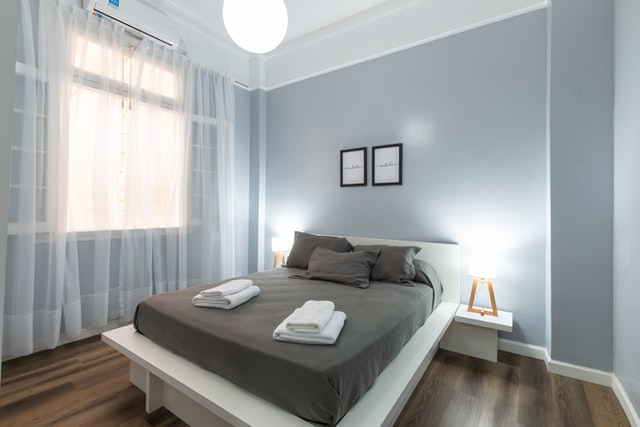
Best bets: Blue, green, silver
Avoid: Cool brown, purple, saturated colors
Blue’s connotations of sky and sea make it inherently relaxing. That’s not just anecdotal evidence—research shows that people get more sleep in blue bedrooms. Navy’s power to inhibit conversation makes it a bad choice for a kitchen paint color, but makes the same color a great choice for the bedroom. If blue bores you, try a modern, icy gray-green as an interesting take on neutrals, or go for soothing silver-grey.
Living Room

Best bets: Maroon, dove gray, teal, white
Avoid: Fire engine red, bright yellow
Red’s stimulating properties make it work in the living room, unlike most other rooms. Just avoid fire engine red, which is so stimulating that it could keep you from relaxing. Instead, go for a muted red. If you must have bright red, save it for small accents, such as vases or art pieces. If you want something subtler in the living room, a wonderful alternative to red is pale gray paint, which allows your decor to stand out. It will really give your house a great atmosphere.
The living room can seem like a large project to do on your own, keep in mind that you can get a professional painter to do the job for you.
Office
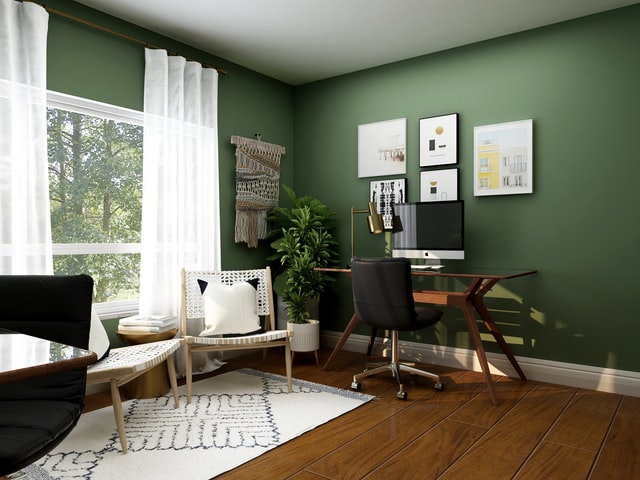
Best bets: Yellow, green, light blue
Avoid: Navy, black, pure white
Yellow paint wakes you up and helps you focus, making it a good choice for the office. Shades of green also help your brain avoid distractions, even if it’s just a few plants here and there.
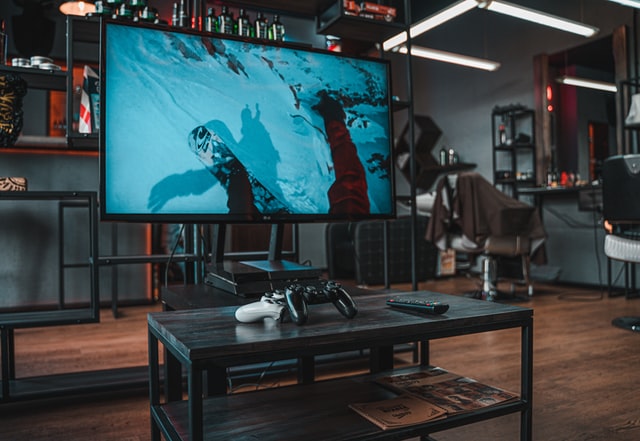
In your business

Image is an important aspect of any business, your place of work should also have a crisp painting job as well as the perfect color palette that matches your business’ image and encourages people to feel trust.
Investing in a good interior paint job and the correct color palette can bring big benefits, such as improving your image, visibility, and cleanliness, etc.
Home insurance is crucial for homeowners, as it safeguards them financially against unexpected events that could damage or destroy their property. When it comes to painting your house, it’s important to understand how it can affect your home insurance coverage. Generally, home insurance doesn’t directly cover the cost of painting your house unless it’s needed due to a covered incident, like fixing damage from a fire or severe weather. Still, after your house undergoes foundation repair or experiences accidents like fires, repainting is often a necessary step to restore its looks and structure. If your home needs foundation work, it may require touch-ups or a full repaint to blend the repaired areas smoothly with the rest of the house.
Similarly, if your home has been damaged by a fire or other incident, painting is crucial for the restoration process. Painting after such events serves practical purposes too, like providing extra protection against moisture and weather. A fresh coat of paint can also help strengthen the structure and potentially lower your insurance risks by helping to protect against wear and tear.
If you’re planning any significant renovations or improvements, such as a fresh coat of paint, it’s wise to inform your insurance provider to ensure your coverage adequately reflects the increased value of your property. By staying proactive with home maintenance, including regular painting, homeowners can help mitigate risks and potentially lower their insurance premiums over time.
As always, remember that paint will definitely look different on your computer screen, on a swatch, and on your actual wall. Most paint stores sell small samples for a few dollars so you can easily paint splotches on your wall before committing to a gallon or more.
When deciding the colors of your walls keep in mind the environment you want to create and what feels best for you, as well as your decor. If you want to completely renovate your home’s style, paint can greatly help you achieve this as a first step, and then you can slowly start changing other decor accents, such as paintings, rugs and furniture.
